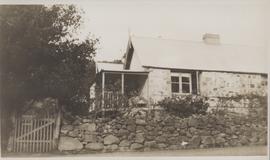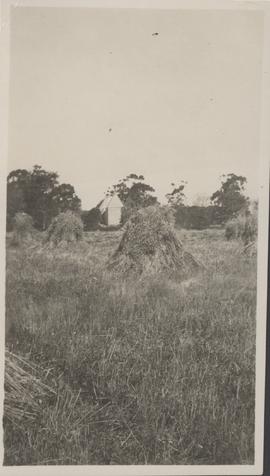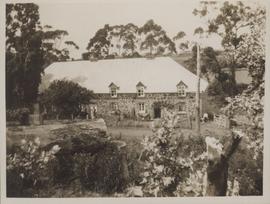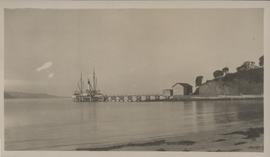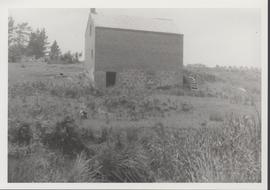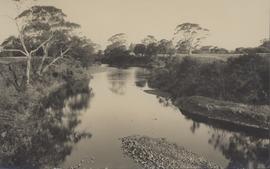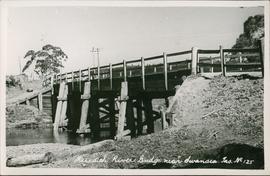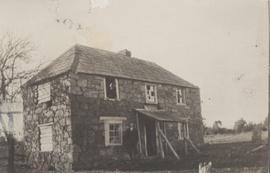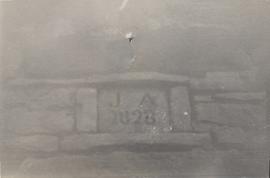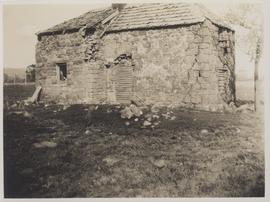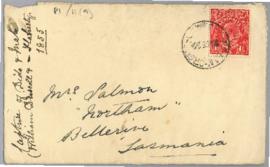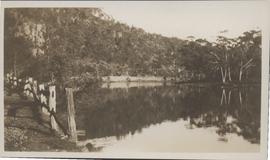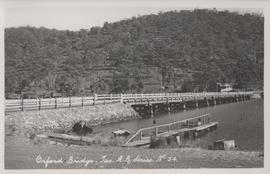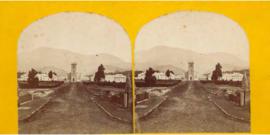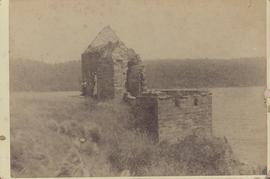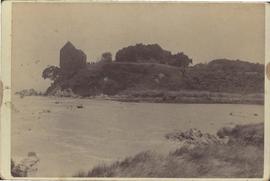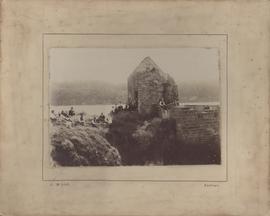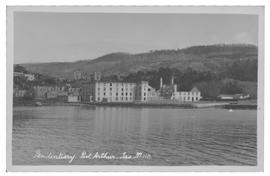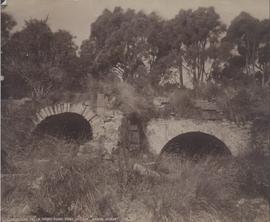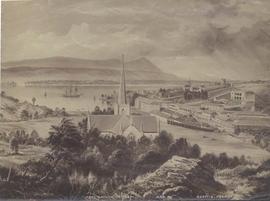Letters written by Frederick Rapp regarding the history of Waterloo Point
- AU TAS UTAS SPARC P1-1-1
- Item
- 1928
Part of George Musgrave Parker : Correspondence and research records
Three letters written by Frederik Rapp to Doctor Parker dated 17 March, 16 July & 15 December 1928 regarding the history of Waterloo Point, Great Swanport and the Municipality of Glamorgan in the late 1800's. Mention is made of the old church on the school reserve, the old school, now the War Institute, the pews from the church, various residents, hotels, sailing vessels and the building of the jetty

